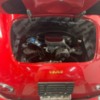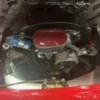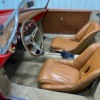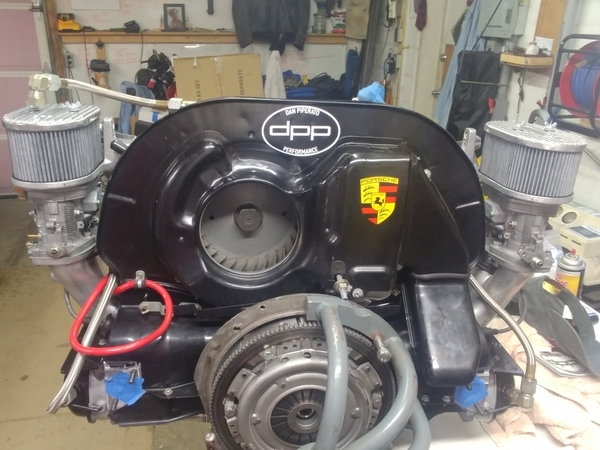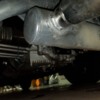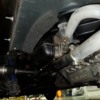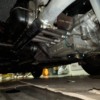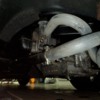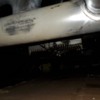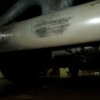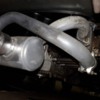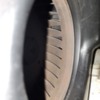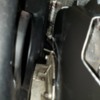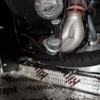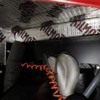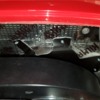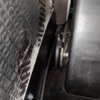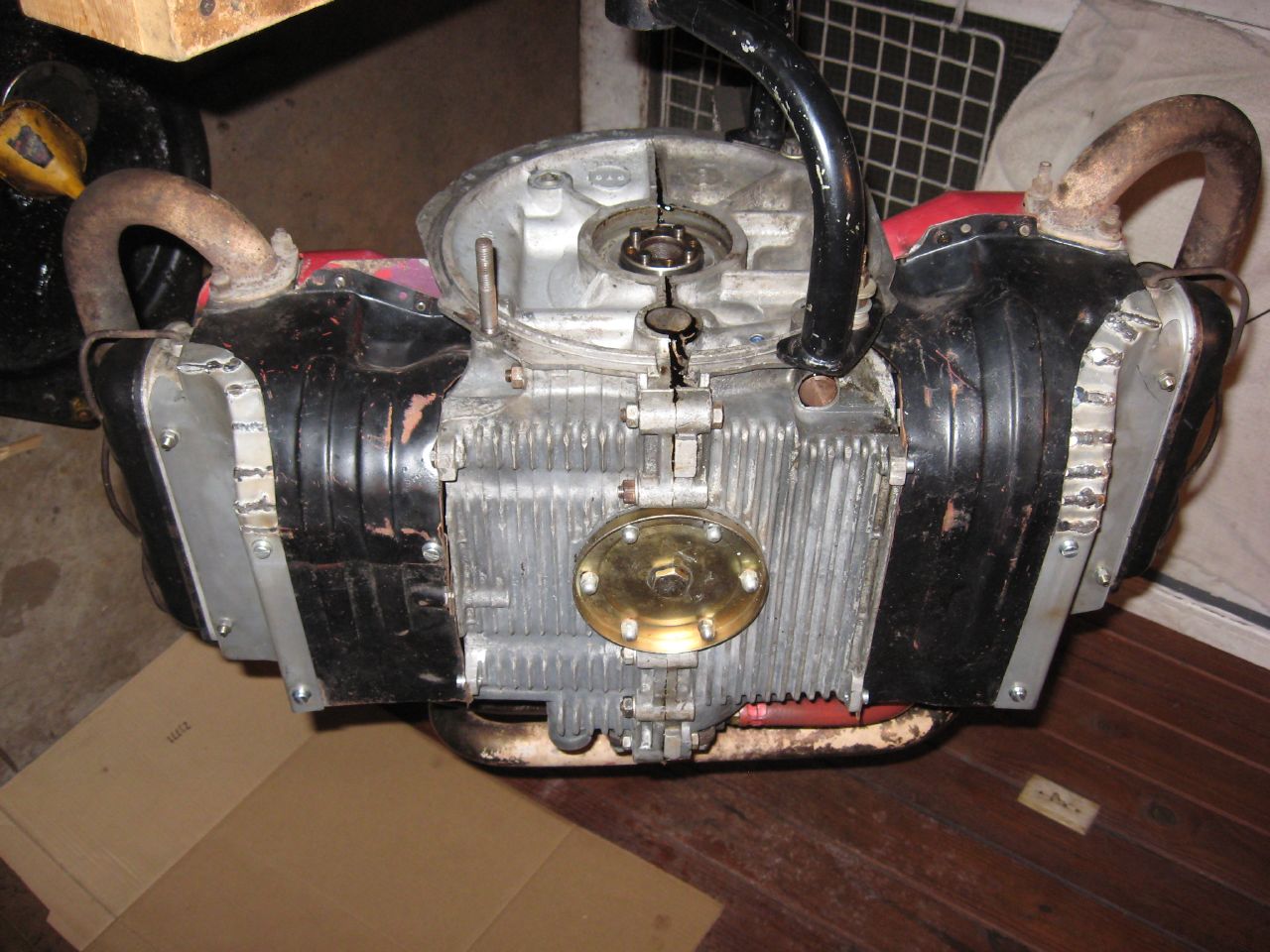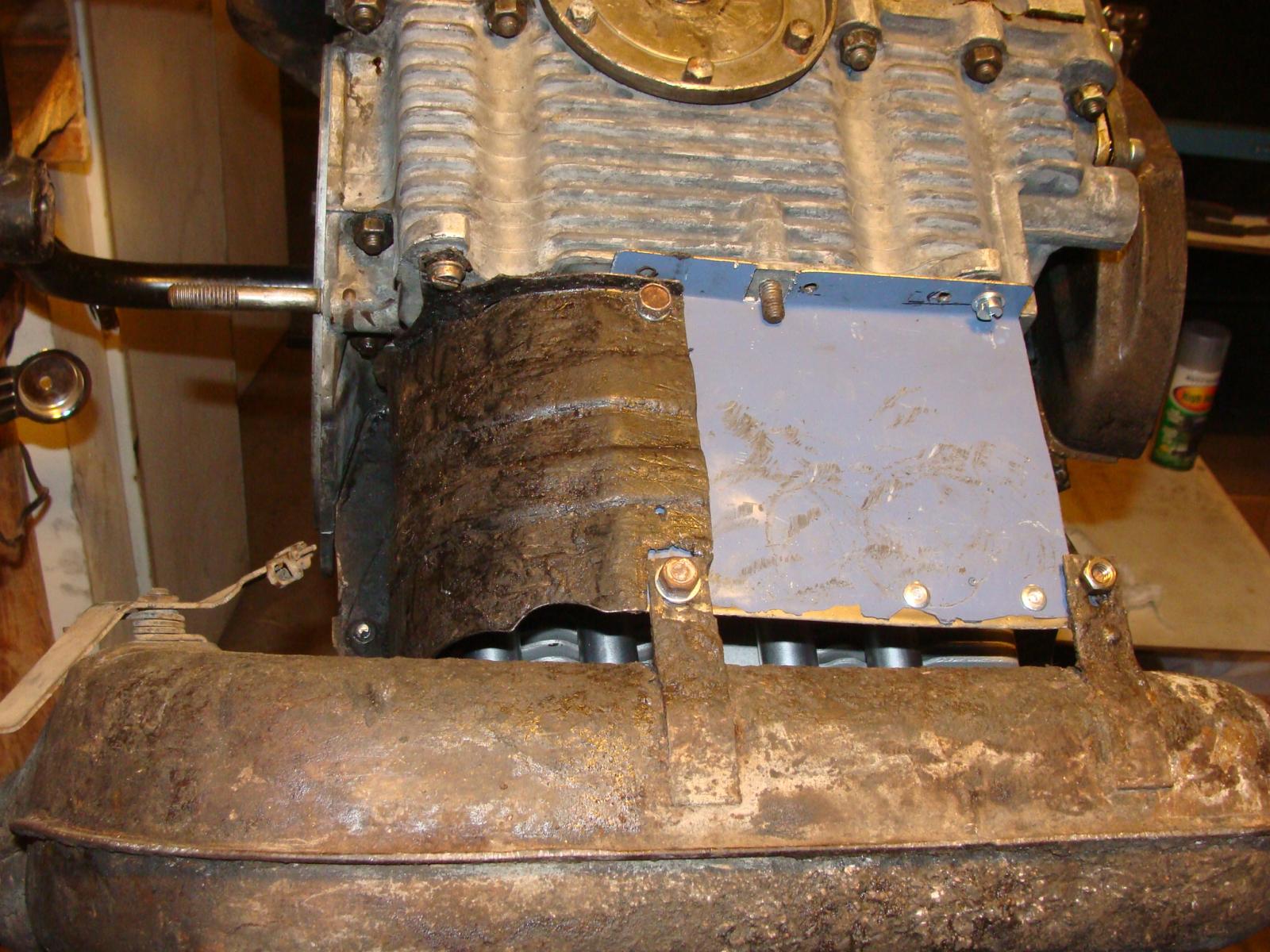I'm running a 2110cc with 150 hp and I don't have the opening in the firewall and my engine runs just fine. Others here have said you need it but yours is covered and I don't think it's necessary. I am running an external Setrab cooler with a fanpack and a deeper sump. I am also running with all of the tins in place. You can buy the tins but they MIGHT need some modification to fit just right.
I'm just a Robert M fanboy today, but my experience is the same. My IM came with no firewall hole. After reading rave reviews (from people generally either not living in a hot place, or with no actual running car) I cut two large holes and put fans in them. The car ran hotter.
I believe in sled tins and all of the oft-forgotten (and left off) lower tin at the back of the underside of the engine. I've paid for flaps and thermostats, but haven't found them to be particularly effective either in allowing the engine to warm up more quickly (their intent), or in reducing head temps on hot days (the apocryphal logic).
I haven't found shrouds from The Sainted German Engineers to be appreciably better than a good 36 hp copy with a doghouse cooler. I always run a T4 cooler on the stand and widen the doghouse accordingly.
I can say with 100% confidence that the stock rain tray under the deck-lid grill won't allow nearly enough air into the engine compartment, so propping the hood or opening the rain tray really helps.
The Raby (now LN Engineering) DTM shroud works. Looking at how cheesy it is makes you think it shouldn't, but it does.
I've tried power pulleys, and they work to make a given engine more snappy - at the expense of head temps. I won't do it unless the combination is really, really asking for it, and even then... I've run a 356 generator pulley on my alternator, but it didn't do as much as I'd hoped. I'd always get a welded/balanced fan.
I've also experimented with the Gene Berg theory of fan speed (that an engine turning higher RPM will run cooler), and also found it to be untrue. What is true is that the fan speed has to be higher at higher loads, but a large engine almost always runs cooler turning 3000 RPM than it does turning 4000 RPM, unless it is under heavy load (like climbing a mountain under WOT in 4th gear lugging). Heat is much more load dependent than RPM dependent, but there's no shortage of friction in the cylinders and valve-train to make turning a lot of RPM just to keep fan-speed up a bad idea.
I've heard guys report that their car runs cooler with a suitcase on a luggage rack mounted to the deck-lid grill. I have no idea if this is true, but I can tell you that this is a really, really bad place to be trying to draw air, and that anything that might create a disturbance in the force might be helpful.
... but no matter what you do, if you live where it ever gets hot - you're going to need a remote oil cooler with a thermostatic bypass and fan if you have anything more than a 1600 running 8:1 compression. You just are. This is the point where somebody will pipe up and talk about how their 2332 with 7:1 compression never runs hot where they live (in Fairbanks, Alaska) even though they only run a stock T1 cooler on the doghouse stand. Gene Berg (he of 6:1 fame) says that's all you need. Pay them no mind.
Somebody else will chime in and say, "these engines are oil cooled", which is sorta' true, but the only thing that's crappier than air as a cooling medium is oil. Just keep the oil cool because your engine needs cool oil to be happy. Don't overthink this.
There's more folklore and common knowledge regarding the cooling system than any other part on your engine. Proceed with caution - lots of guys (me included) will tell you everything they think to be true. None of us (not even The Sainted German Engineers) had it figured out completely because air is such a poor cooling medium.
With time, if you hang with it, you'll have a strong opinion too. When you do, share it with the class, and be sure to frame it as the absolute gospel truth (all other heretics will be burned at the stake)! These cars bring out strong feelings - especially regarding cooling.


